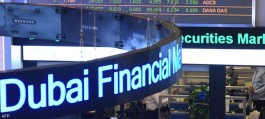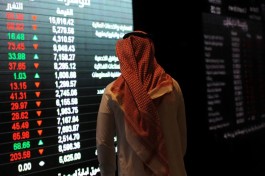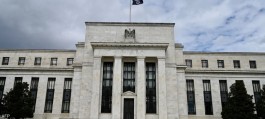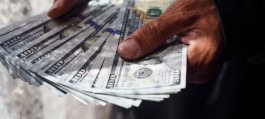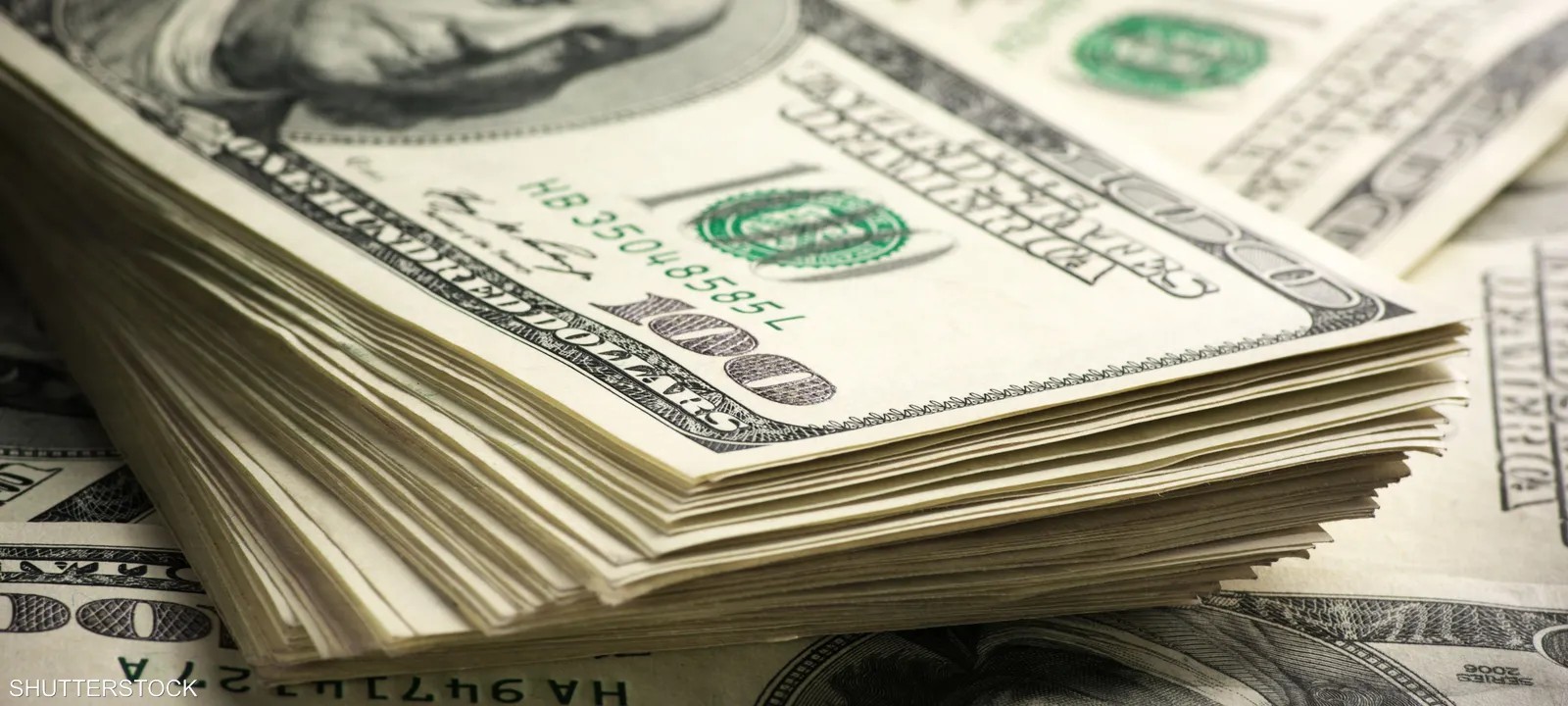Despite the US dollar suffering its worst decline this year, Wall Street is not ready to engage in bets on a decline in the US currency.
The Bloomberg Dollar Spot Index fell for a sixth straight session, its longest losing streak in five months. The index has fallen 1.1% this week, and is poised for its biggest weekly decline this year.
Even as speculators await next week's consumer price report, a slew of U.S. labor market data this week suggested some softening in hiring, helping to bolster market speculation that the Federal Reserve will start cutting interest rates in June.
The European Central Bank left interest rates unchanged on Tuesday and lowered its inflation forecast, boosting expectations that it will cut rates in June as well.
Jobs Report
“The dollar’s slide may be overdone, especially given the ECB’s dovish conclusions yesterday,” said Jane Foley, head of FX strategy at Rabobank in London. “The latest data has allowed the market to see what it had been expecting, which is a softening in labor market conditions, and overall employment growth in the US remains strong,” she added.
Morgan Stanley drops bet on dollar rally in 2024
The dollar continued to decline yesterday despite better-than-expected February non-farm payrolls data. The downgrade of the previous data after revisions and the increase in the unemployment rate to 3.9% were enough to support bearish speculators.
“The market was already shorting the dollar ahead of the NFP report and that momentum looks set to continue,” said Yusuke Mieri, a foreign exchange strategist at Nomura International in London. However, he cautioned that for the weaker dollar to become a trend, a green light from the Fed would be needed, such as an unchanged chart or a more dovish Fed economic outlook summary for this month.
Interest rates
Monetary policymakers are scheduled to announce their decision on interest rates on March 20, and are expected to remain unchanged.
Patrick Locke, a foreign exchange strategist at JPMorgan in New York, said yesterday’s U.S. data was mixed but generally weak, adding little pressure for any immediate or delayed easing of monetary policy. However, he added, the improving global growth outlook heightens tactical downside risks for the dollar.

